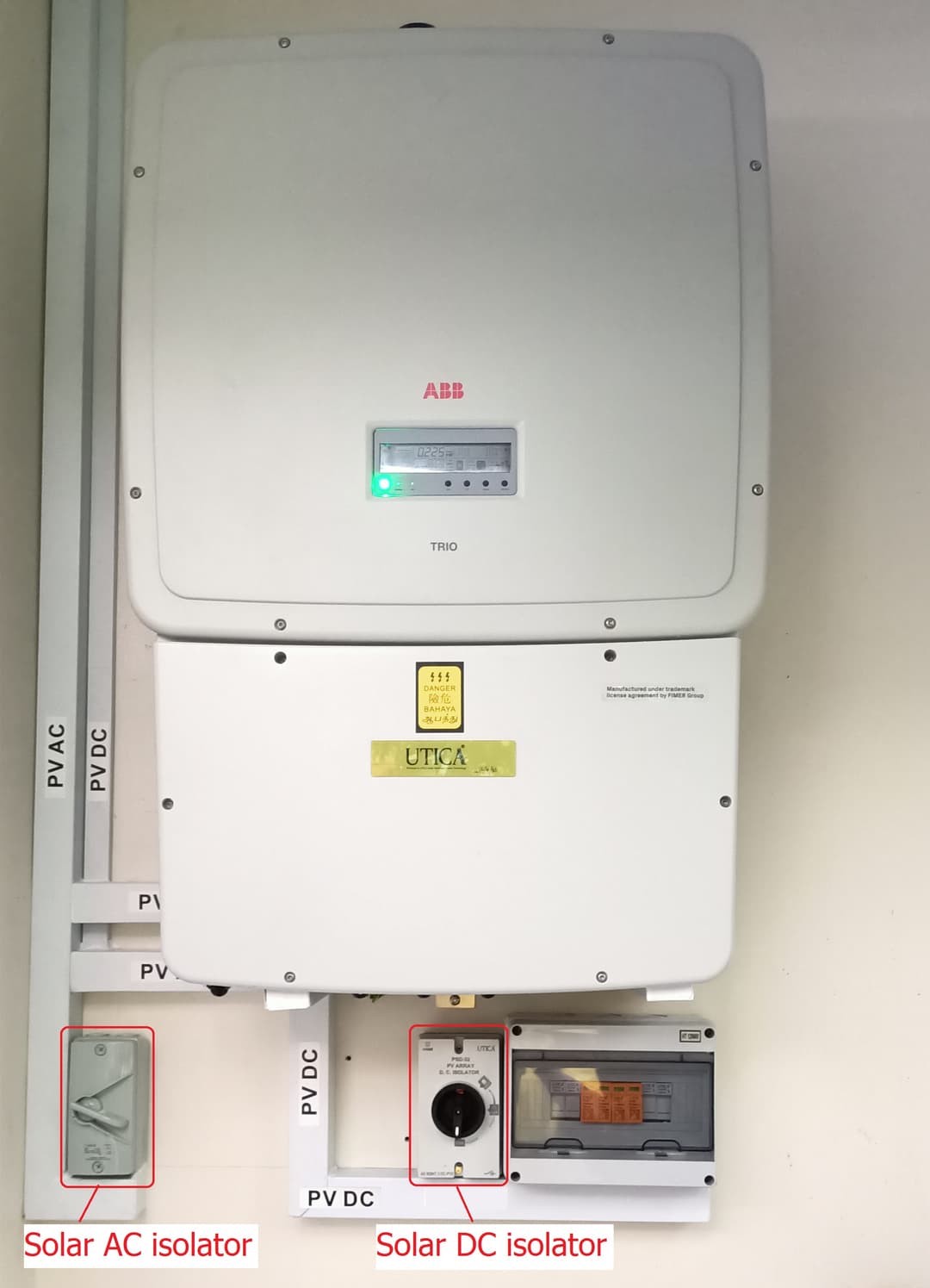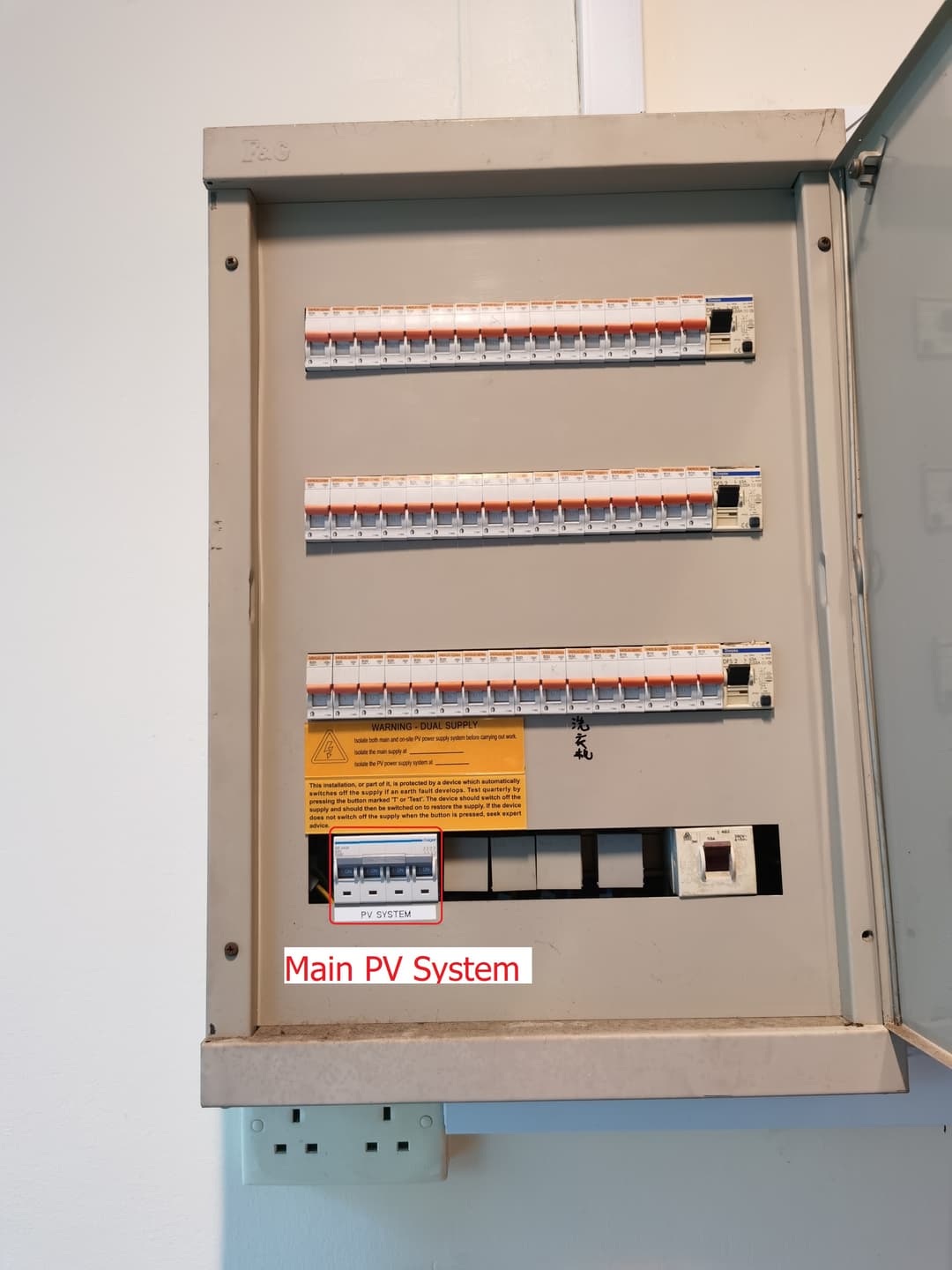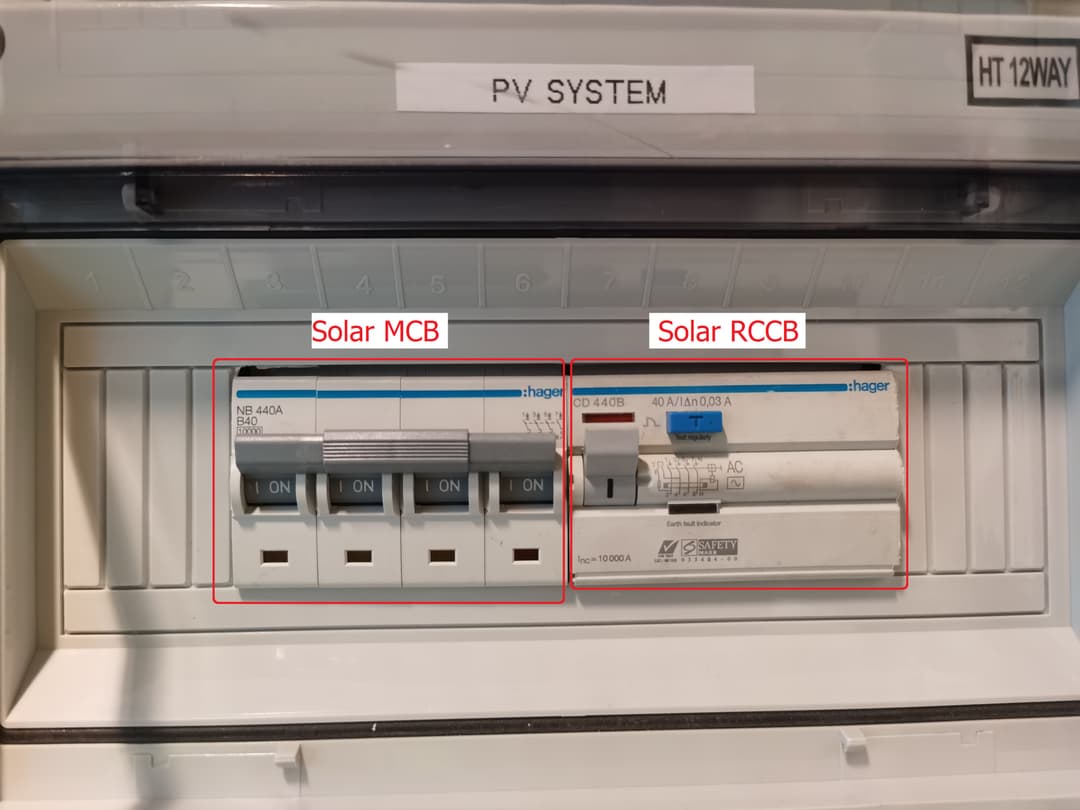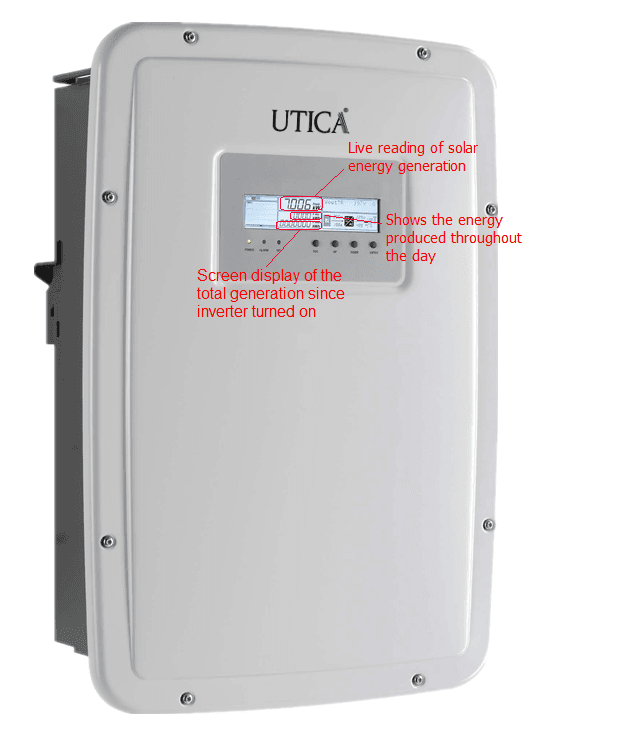Estimated UTICA™ product and system order cycle time. These estimates begin from the time UTICA SG receives your order until delivery.
Within 10 Working Days for Consumer Products
(From the time UTICA SG receives your order until delivery)
- Working Day 1: Order received and confirmed.
- Working Day 1: UTICA SG prepares materials and components for manufacturing.
- Working Day 1-2: Product in production (delays may occur if parts are short).
- Working Day 2-6: Product leaves UTICA SG factory and is handed to logistics for delivery.
Professional Systems within 20 Working Days
(From the time UTICA SG receives your order until delivery)
- Working Day 1: Order received.
- Working Day 2-6: Order confirmation and preparation of materials.
- Working Day 7-15: System in production (delays may occur if parts are short).
- Working Day 16-20: System leaves factory and is handed to logistics for delivery.
Utica Private Limited is a limited liability company registered in Singapore under company registration number 200806645W and its registered office is at 101 Kitchener Road, #01-22, Singapore 208511.
Goods & Service Tax Registered
BCA Registered Company
Operating Hours
9:00am to 5:30pm
Monday to Friday
Online Store: utica.sg
SMS
Customers can WhatsApp +65 8030 5015 if they need to report an urgent technical problem after office hours.
For Sales & General Inquiries
- Voicemail: +65 6296 7787
- Technical Support: +65 9345 5015
- Facsimile: +65 6296 7618
- Email: info@utica.sg
Departments
- Sales: buy@utica.sg
- Projects: project@utica.sg
- Customer Service: feedback@utica.sg
- Employment: employment@utica.sg
Keep in Touch
Download the latest UTICA® PV Structure manual for installation and maintenance guidance.
Download PDFLimited Products and Installation Services Warranty
Utica Private Limited (“UTICA SG”) warrants UTICA™ products and installation services of UTICA SG related to the system owner’s photovoltaic modules and inverters (collectively, the “solar energy system”) to be free from defects in the installation services under normal application, use, and service conditions for a period of years based on that specified product (please see individual product’s warranty) from the first date of the original installation services.
If a solar system malfunctions or becomes inoperable due to defective or improper installation services of UTICA SG during the warranty period, UTICA SG will provide service to determine the cause of the defect and resolve it through re-performance of the defective or improper installation services or replacement of a component, as and to the extent covered by the manufacturer’s warranty.
This limited warranty shall transfer from the original buyer or end user to subsequent buyers or end users for the remainder of the warranty term, provided the solar system is not moved or relocated from its originally installed location.
Warranty Exclusions
If, in UTICA SG’s sole judgment, a solar energy system has been subject to misuse, neglect, or accident; or has been damaged through abuse, alteration, failure to follow UTICA SG’s or the manufacturer’s operation or maintenance instructions; or repaired by anyone other than UTICA SG and its authorized distributors and integrators, this warranty will not be applicable.
This warranty will also not cover damage due to acts of God, power failures, lightning, fire, flood, severe weather, hailstorms, insect and pest infestation, or other events reasonably beyond UTICA SG’s control. Warranty coverage does not include any transportation costs for return of components or reshipment of any repaired or replaced components.
Limitations of Warranty and Liability
UTICA SG makes no warranties whatsoever regarding the component parts and batteries of the solar energy system. However, UTICA SG does, for solar energy system components purchased through UTICA SG, assign and pass through to the system owner all manufacturers’ warranties for the component parts of the solar energy system, to the greatest extent such warranties are assignable.
Damage to persons or property or other loss or injury resulting from defects in the solar system or its use shall not be the responsibility of UTICA SG. UTICA SG will not under any circumstances be liable for any indirect, special, incidental, or consequential damages of any nature, whether based on contract, tort, or other legal theory, including, without limitation, business interruption costs, removal and/or reinstallation costs, re-procurement costs, loss of profit or revenue, loss of data, promotional or manufacturing expenses, overhead charges, injury to business reputation, or loss of customers, even if UTICA SG has been advised of the possibility of such damages.
Some countries do not allow the exclusion or limitation of incidental or consequential damages, so the above limitation or exclusion may not apply to you. In all cases, UTICA SG’s total liability will be limited to the price of services performed by UTICA SG. No implied statutory warranty of merchantability or fitness for a particular purpose shall apply to UTICA SG’s installation services.
Warranty Claim Procedure
Claims under this warranty will be considered if submitted by registered or certified mail to:
UTICA SG Warranty Claims Department
101 Kitchener Road, #01-22, Singapore 208511
Claims must be made within 60 days following the discovery of any defect covered by this warranty, with specific details sent by email to customer@utica.sg, and UTICA SG or its agents must be permitted a commercially reasonable opportunity to examine and analyze the workmanship claimed to be defective.
An authorized representative of UTICA SG must approve any claim in writing. This warranty, which is limited as indicated above, provides specific legal rights. You may also have other rights which vary from state to state and country to country.
Please turn both the AC switch and the DC switch to the OFF position. Please view the images below for reference.

The power inverter’s LCD screen displays the message “Missing Grid”.
“Missing Grid” means that your solar AC isolator has been either switched off or tripped. It is normal to see this message when your electrical distribution box’s ELCB or MCB are turned off. Please check your electrical distribution box and ensure that all mini breaker switches are turned up. Also switch on all PV ISO (solar DC isolators) and the AC isolator.
After turning everything on, wait for 2 minutes for the solar system to self-reboot and turn back on. You should then see a green LED indication and the LCD screen come on. Note that this process should be done during the daytime, as the system enters sleep mode at night and the LCD screen will remain blank.



At night, the solar inverter LCD screen will turn off and the system enters sleep mode. This is normal. You can check it again the next morning around 9am when sunlight is available.
Please refer to the image or the PDF guides below for detailed instructions on viewing your inverter’s daily and total energy performance.

The solar energy generated will first power your home’s electrical appliances such as air conditioners, refrigerators, and lighting. Any excess energy not consumed will be exported to the SP grid and offset against your import from the grid.
You will only pay for the electricity imported after deducting the exported energy. You can view your new import/export net meter at your main gate area. Wait a few seconds for the meter’s display to switch from import to export.


